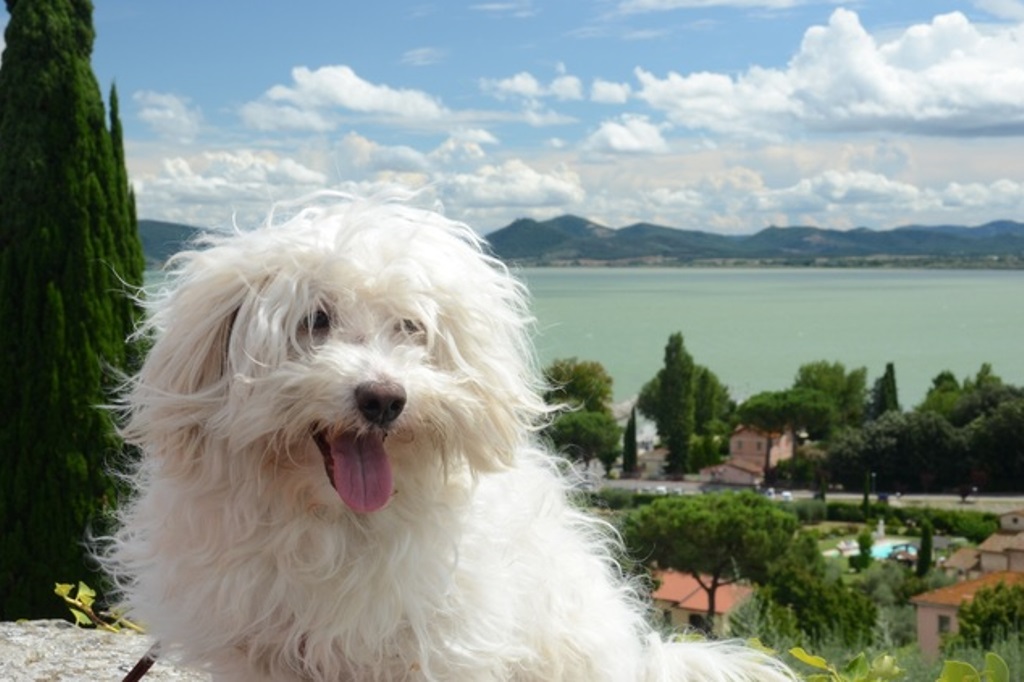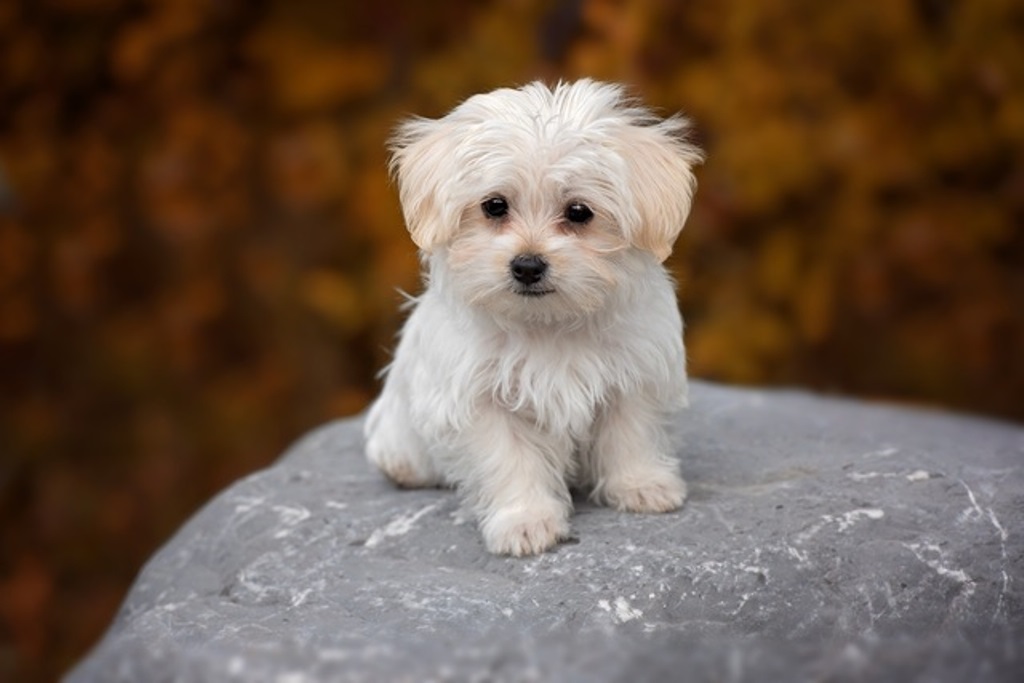
Key Characteristics of the Bolognese Dog Breed
The origins of the Bolognese dog breed are very ancient, it is even said that it was worshipped by Roman matrons; one can still admire numerous vases and ceramics of the time depicting it together with its owners. Its origin belongs to the bichon group, companion dogs descending from those small dogs that Aristotle called melitensi, which means native to Malta, and which were used on ships because they were relentless rat hunters.
During the Renaissance it had its heyday as it was in great demand by the aristocracy: the Gonzaga family, the Marchioness of Pompadour, Catherine of Russia, owned specimens of this breed. Cosimo de Medici brought at least eight examples of Bolognese puppies as gifts to Belgian nobles.
Although the breed risked extinction during the Second World War, it managed to survive thanks mainly to Italian breeders; in fact, it is quite well known in Italy, while in the rest of the world it is almost unknown.
Its name ‘Bolognese’ arrived around 1200, when it was very fashionable in the noble courts of Bologna. In the field of art, many painters painted these dogs together with their masters; painters such as Titian, Goya, Watteau, Abrabam Bosse. Even a French poet Paul Scarron wrote a book about his sister's Bolognese.
Character of the Bolognese dog breed

The Bolognese is a companion dog par excellence that loves comfort, cuddles and a sedentary life. It has a beautiful character; docile, obedient, cheerful and playful, it always seeks its master to spend time with him. He is suitable for families with children, and also for elderly people, because of his calm and calm character, playful but never intrusive and not very demanding.
He is easy to train because he is very receptive, brilliant in learning and eager to please; he learns everything with ease but at the same time he can find his master's weak points, so he should be immediately ‘placed’ in the family and carefully educated and socialised so that he does not grow up spoilt or neurotic.
Even though he is mainly a companion dog, very sedentary, it is advisable to educate him to walk on a leash and to get him used to the presence of dogs and people, so that he gets used to a variety of situations, especially if he lives in the city.
He is not a natural predator, so he gets along well with other animals. He is also an excellent sentinel who will make his squeaky voice heard when needed. With strangers it is usually sociable apart from an initial inspection phase, then it plays and cuddles willingly.
It is a dog that suffers from loneliness, so if it is left alone for many hours it may find things to destroy. If you really cannot do otherwise, then you should think about getting another dog. Even not of the same breed, but they would keep each other company and suffer less loneliness.
Appearance of the Bolognese dog breed

The Bolognese is a small dog, a male measuring 27 - 30 centimetres at the withers and weighing no more than 4 kilograms. The body has a firm and well-developed musculature; it is a dog built on the square, which means that the length of the trunk is identical to the height of the withers.
The skull is almost oval and is rather flat at the top. The truffle is black and voluminous, the eyes are large, round and black and often hidden by tufts of hair, the ears are long and drooping and the gait is proud. The tail is bent over the back.
But its main characteristic is its coat; it is long all over the body, can form ringlets, but is sometimes flaky and ruffled. There is only one colour: ivory white.
Health and care of the Bolognese dog breed

The Bolognese is a dog breed that enjoys excellent health, and has no particular predispositions to genetic disorders. The only health problems that may occur with some frequency are hereditary oculopathies and luxation of the kneecap.
It is quite long-lived, easily reaching 14 years of age. It is rather demanding in terms of coat care. It needs daily care for its coat, ears and eyes. In particular, it is the coat that needs to be brushed daily to prevent knotting. The eyes, which tend to water a little, also need to be cleaned daily to avoid unsightly spots under the eyes. The Bolognese has minimal shedding.
Its coat is long but does not protect it from the cold as it is not very thick, which is why it is useful to put a coat or jumper on the dog in winter for its daily walks. He tolerates heat better, although taking him out in the summer during the hottest hours should be avoided.
As far as food is concerned, always favour quality food. He is not a dog that tends to eat more than necessary, but it is advisable to feed him twice a day to prevent him from eating very quickly with the risk of stomach twisting.






















